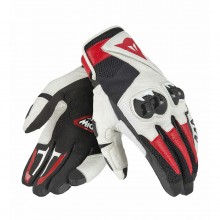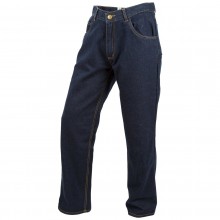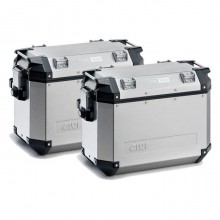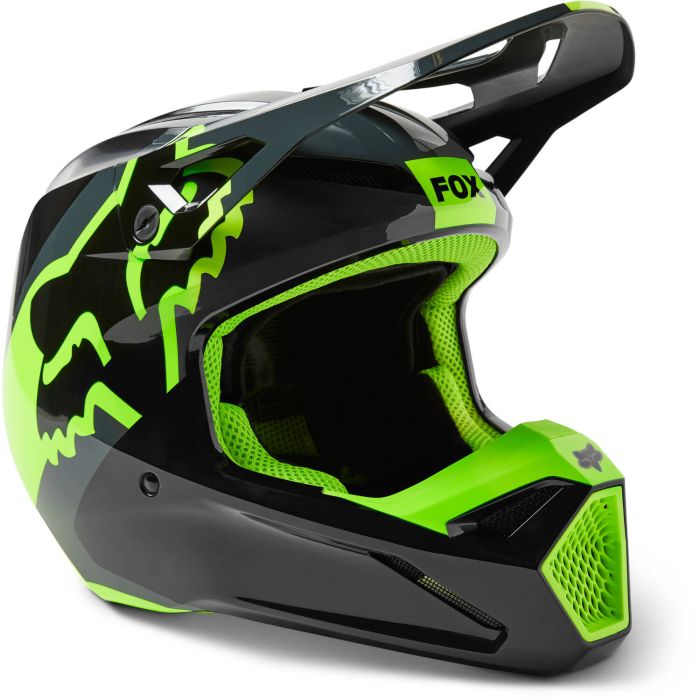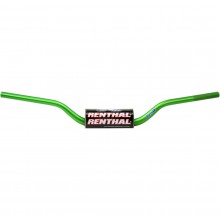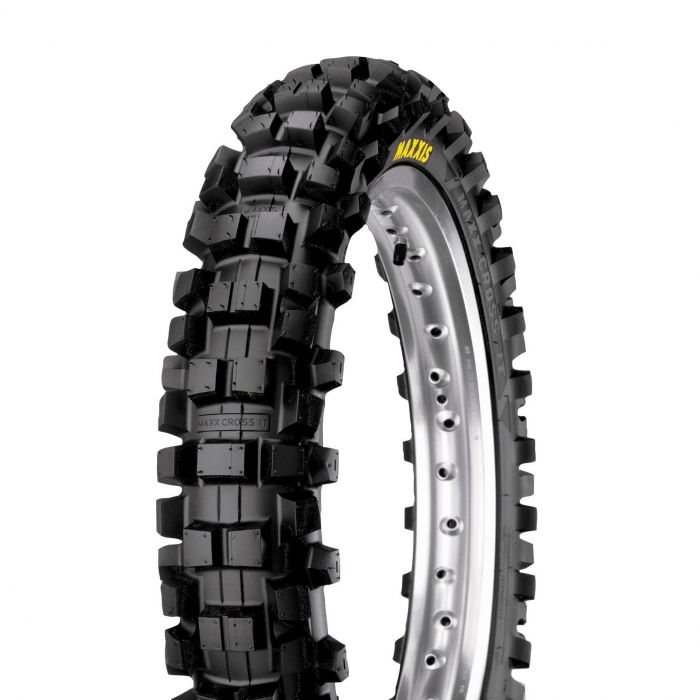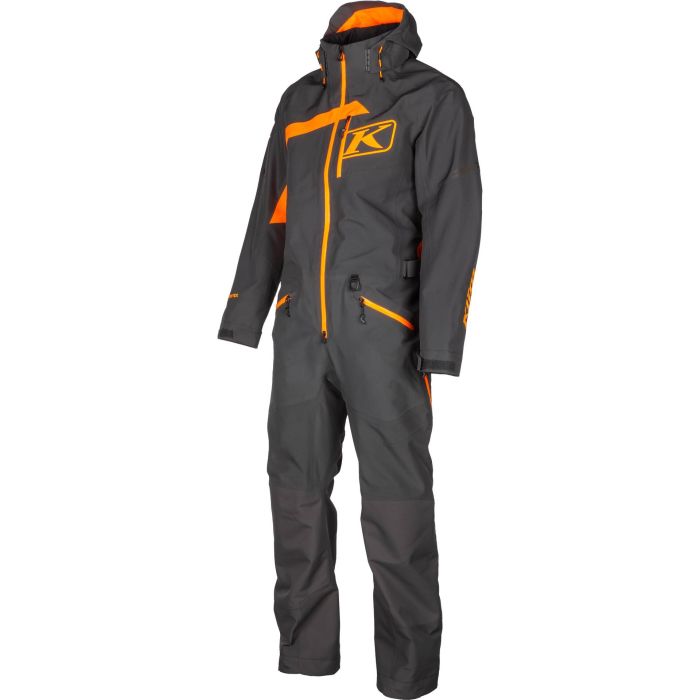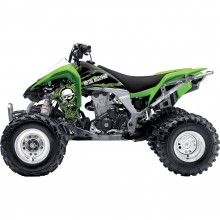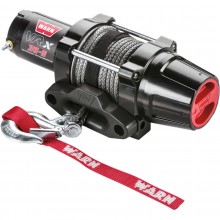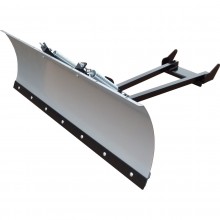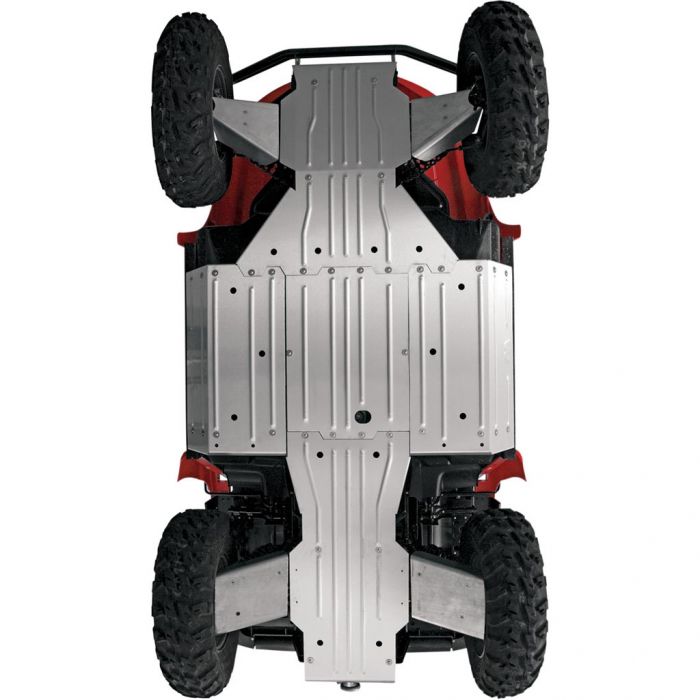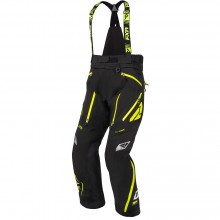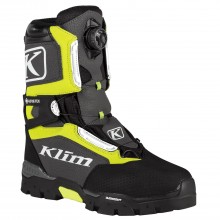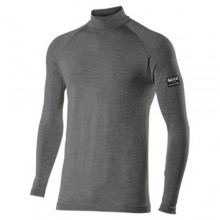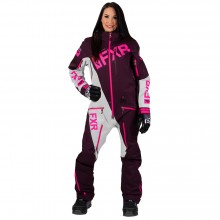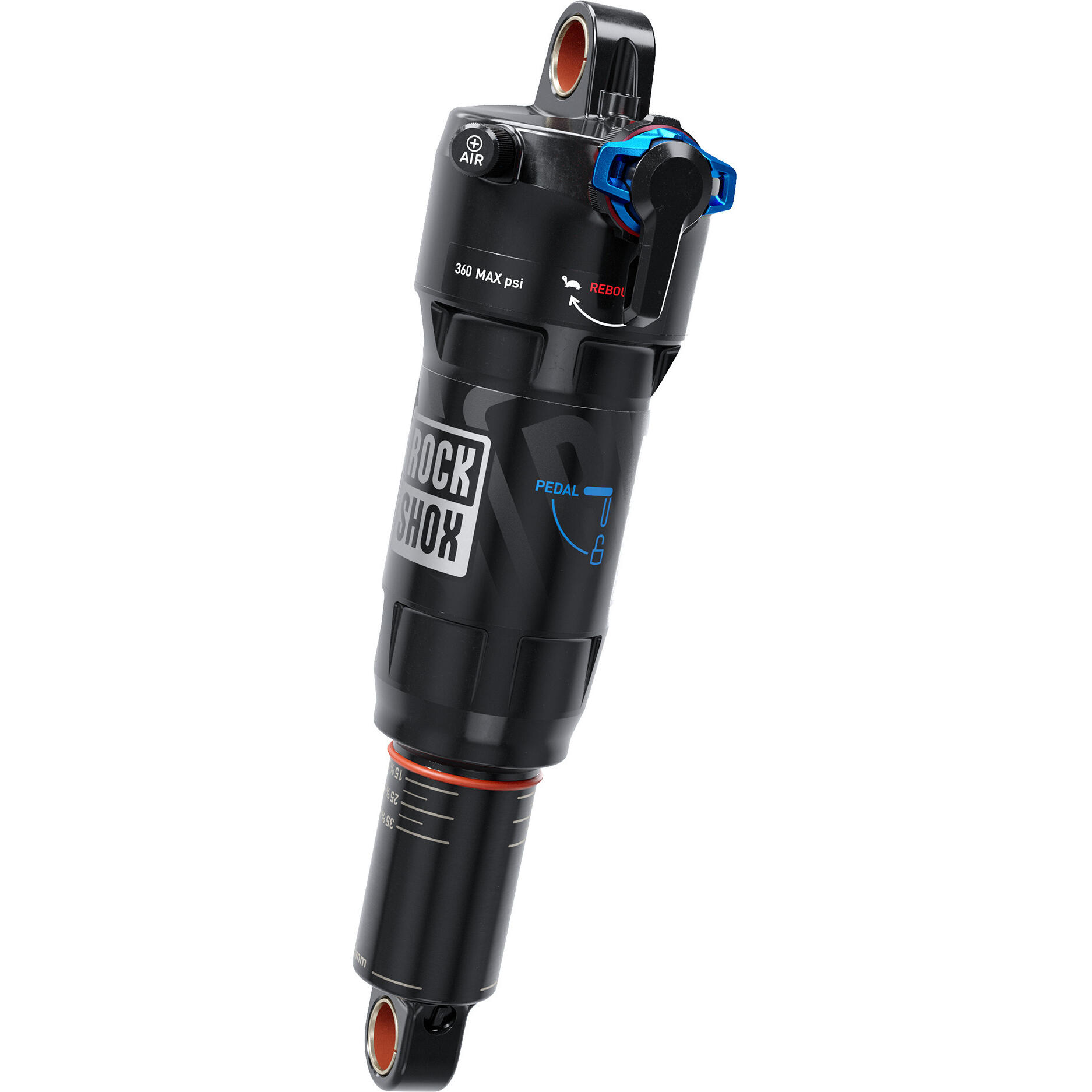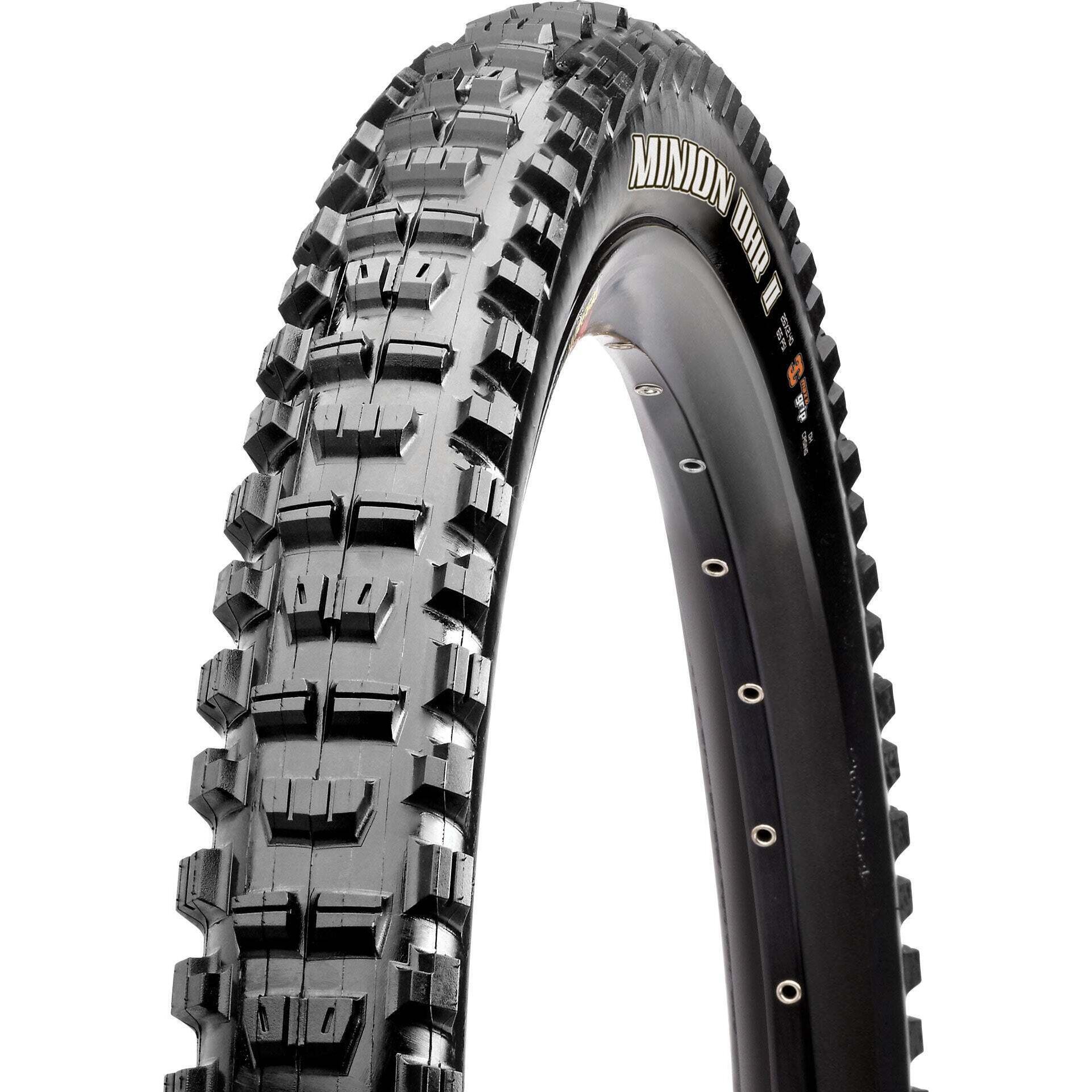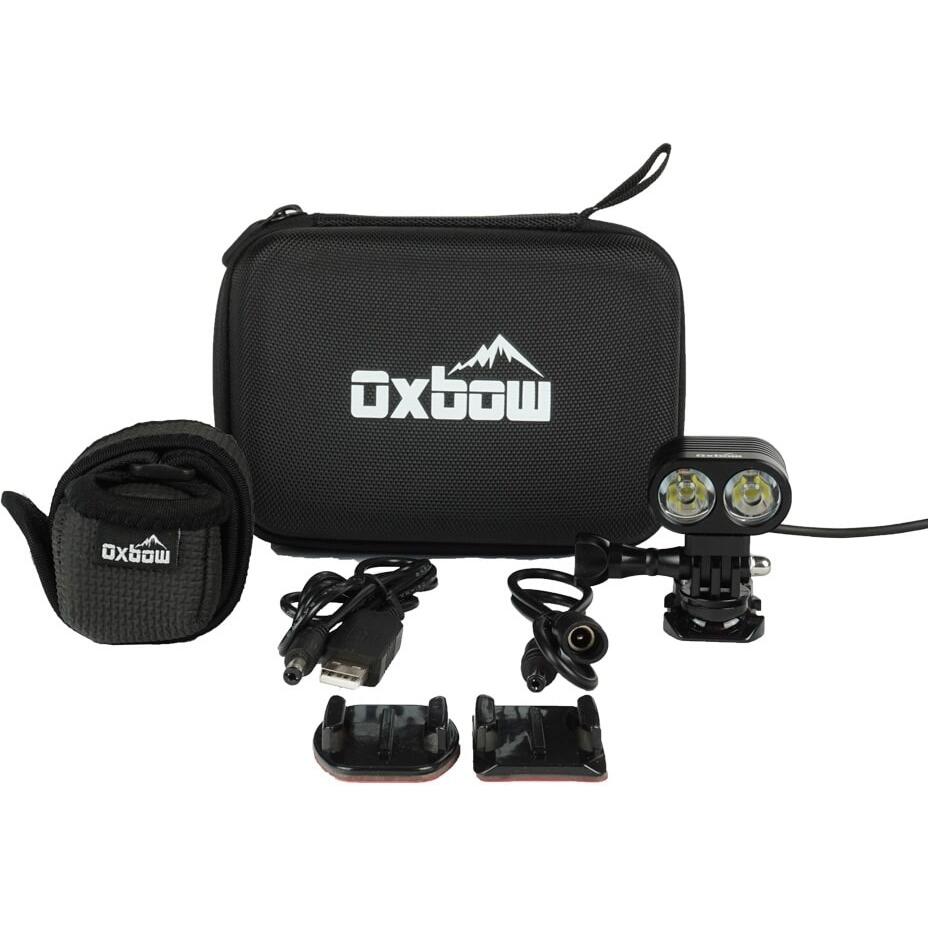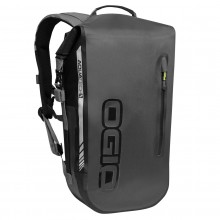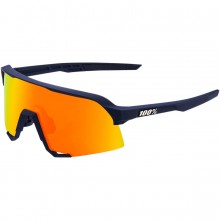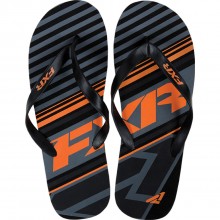Body Armour Locations
Interior body armour is localized to key areas. This allows for rider mobility while maintaining protection in those areas we tend to fall on. For jackets, armour is usually found on the shoulders , elbows , chest and back . On pants, protection is often localized to the seat , hips , thighs and knees . While most jackets and pants come with armour, you may want to upgrade it with some replacement armour .
Aggressive riders should try to keep these areas covered. That said, many motorcyclists are comfortable making a few concessions. Every rider needs to weigh up the consequences and decide for him or herself. That said, don’t dismiss body armour as being too uncomfortable – especially if you haven’t tried some of the latest and greatest designs.
Armour is often removable, which allows a rider to upgrade or customize the plates.

Body Armour Materials
When it comes to materials, we have the usual suspects:
- Silicone : A gel-based material, which is excellent at shock absorption and dissipation . Its flexibility makes it very comfortable against the body as well. However, silicone has a poor abrasion resistance and is heavy in large quantities. For this reason, it is normally used in conjunction with another type of armour.
- Foam : I won’t bother telling you what foam is – odds are you've got a handle on it. I will tell you, however, to pay attention to the density . Heavier foams, such as memory foam, are better at soaking up impacts. Foam armour is inexpensive, lightweight and comfortable to wear. However, it is on the lower end of the safety spectrum. Plus, foam armour needs to be replaced after every fall since it deals with impacts and absorptions by breaking apart. And even if you don’t crash, foam armour will lose its effectiveness with age and frequent bending.
- Injection-molded Plastic: A thermoplastic – most often polycarbonate. Basically, it’s a hot plastic that has been cooled in an armour-shaped mold. Molded plastics are rigid and can be lined with foam to improve rider comfort. These are common in high-end body armour. They employ advanced geometry for optimal impact absorption and dissipation, and have excellent abrasion resistance as well. The downside to this type of armour is comfort. Or rather, a lack thereof. Hard panels inherently limit mobility and the plates are liable to migrate away from their intended zones.
- Viscoelastic Materials : Whoa – that’s a snazzy word. Viscoelastic substances are viscous under some forces but elastic under others. So, viscoelastic armour is soft and pliable while you’re out riding. But in the extreme forces of a crash, it becomes hard and rigid. And if you’re thinking of the “cornstarch and water” experiment from grade school, you’re not far off. So viscoelastic armour is comfortable like a foam, yet protective like a plastic. And the cost for getting the best of both worlds is – well – the cost . Viscoelastic plates are normally quite expensive. You’ll find them sold under brand names like D3O, SAS-TEC, Rukka’s APS Air and Aerostitch’s TF Armour.
- EVA Armour (Ethylene-vinyl acetate) : Technically another type of foam. However, EVA is different enough to merit its own section. It provides top-end impact absorption and is considered to be high on the safety spectrum. Unlike other foams, EVA is not so quick to crack or degrade. The downside is the bulk – both in weight and volume.
Of course, high-quality materials are only part of what makes a good piece of armour. Design and build quality are equally important, although much harder to judge from a distance. For this reason, it’s worth considering testable safety ratings as well. When you're ready, you can find dozens of motorcycle armour options here .



